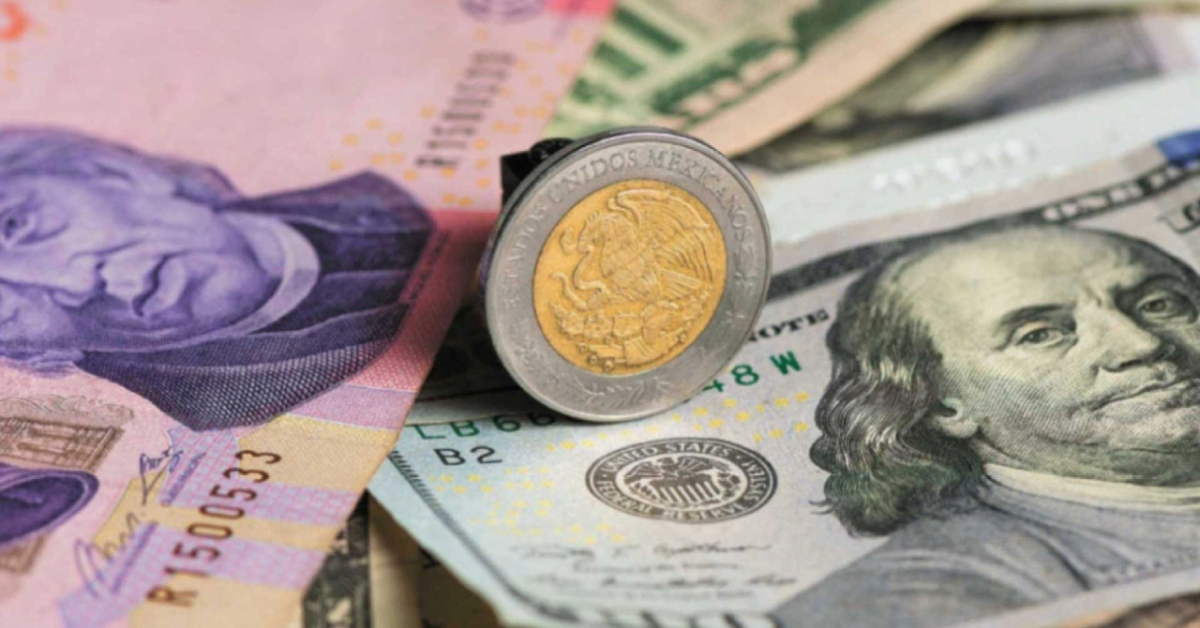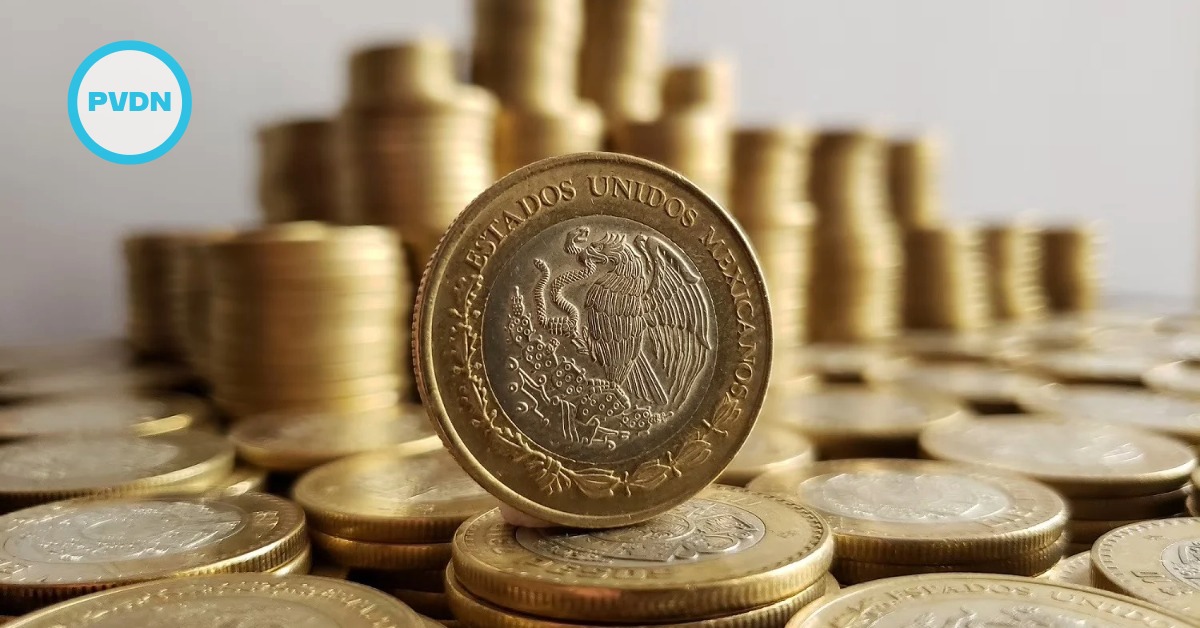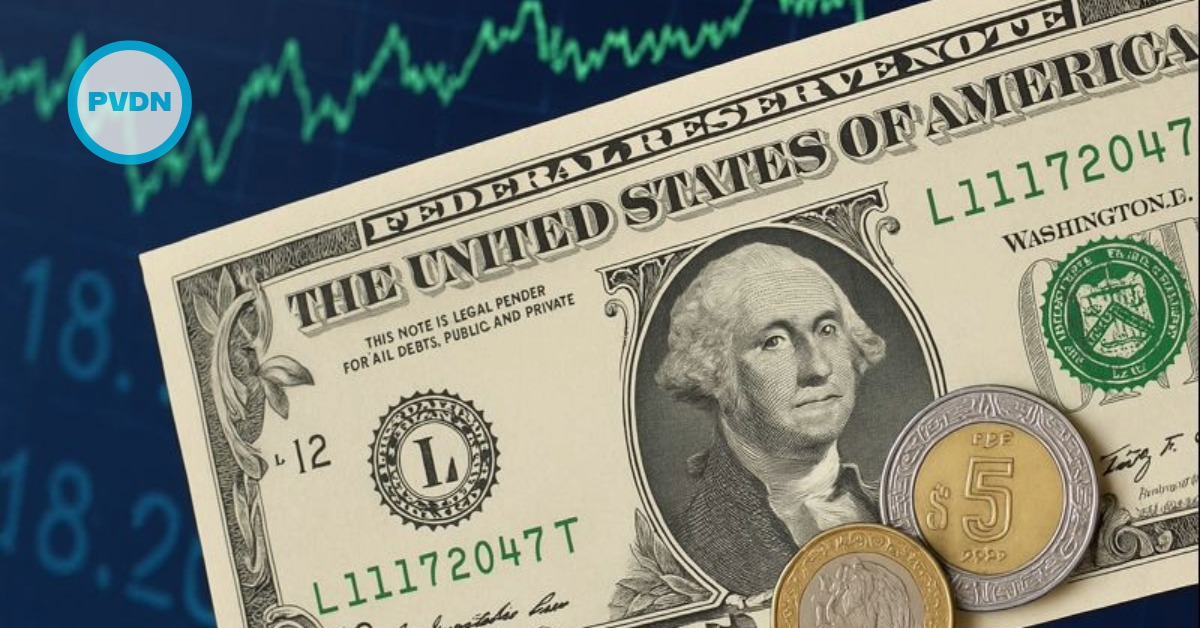Puerto Vallarta, Mexico - The Mexican peso opened the week with a sharp decline against the US dollar, driven by heightened risk aversion in global markets and renewed concerns over former US President Donald Trump’s tariff policies. The currency’s depreciation was exacerbated by tensions between Colombia and the United States, which reignited fears of trade disruptions in the region.






